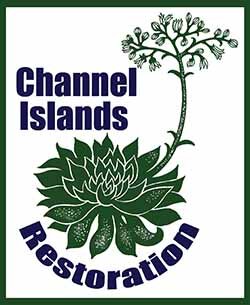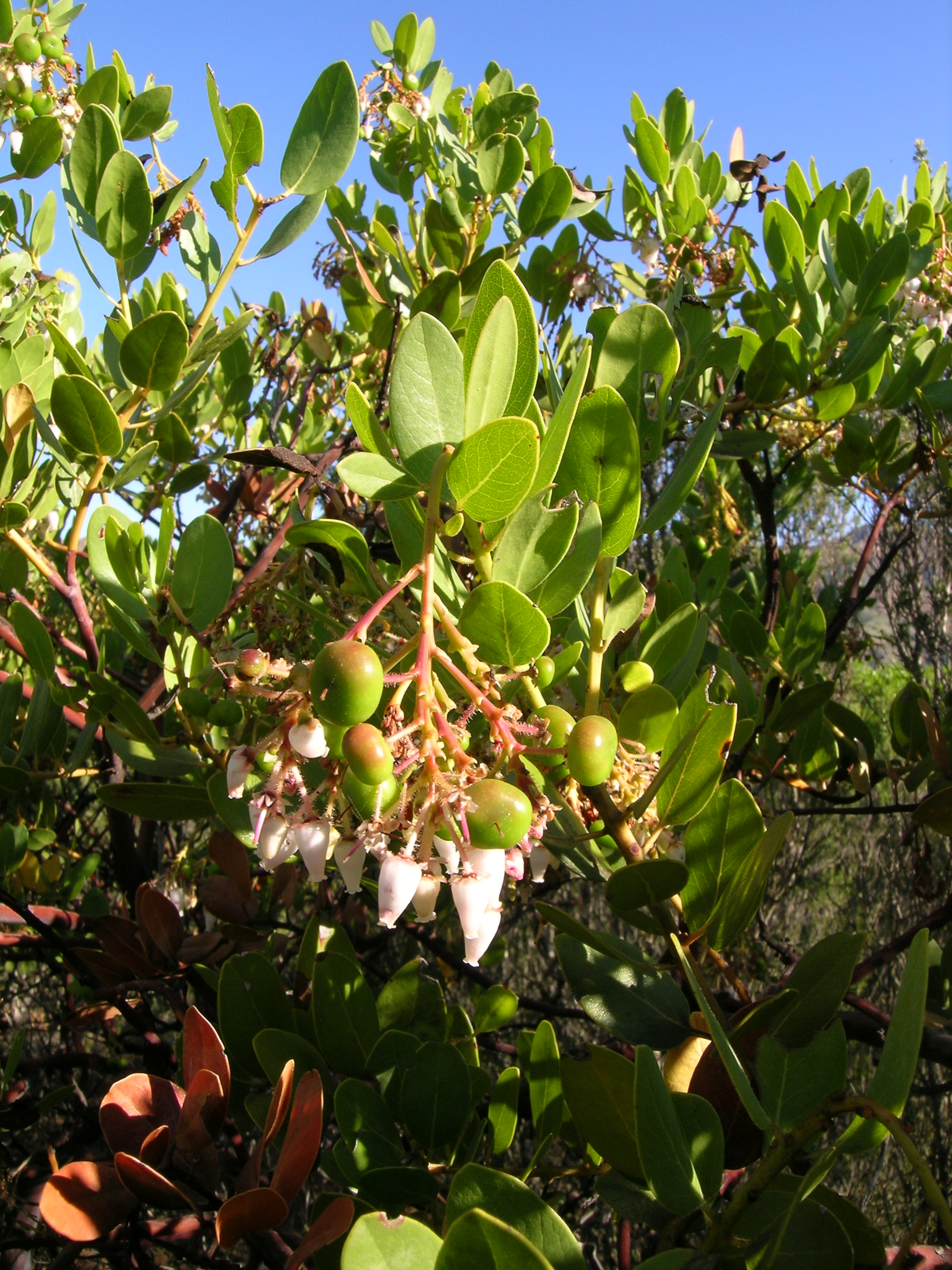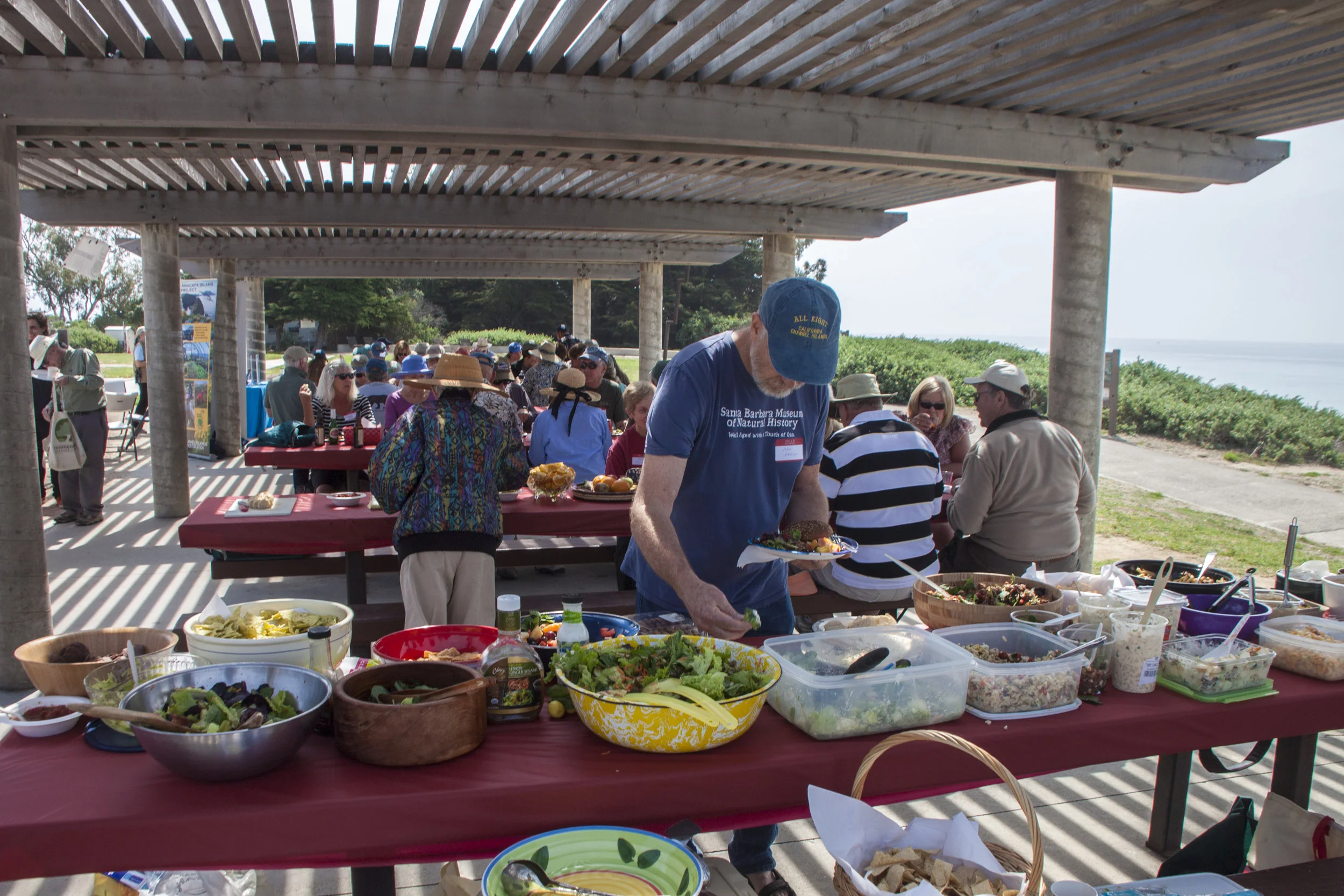On April 15th, local members of the Conservation Alliance - All Good, Clif Bar, Deckers, Patagonia, REI, Toad&Co - helped CIR at the San Marcos Foothills Preserve. With more than 100 volunteers in attendance, it took less than a few hours to remove 10,000 square feet of invasives such as black mustard, cheese weed, and fennel and replace them with 362 native plants - some of which were supplied by SB Natives purchased with funding from Santa Barbara County - and some of which were proudly grown by volunteers in our own Camarillo nursery. The Backyard Collective has volunteered with CIR every other year for the past 6 years (on off years they volunteer their time in Ventura with our friends, the Ventura Hillsides Conservancy).
Their work in the San Marcos Foothills, along with each and every one of our volunteers that have dedicated their time in the area, has made a profound impact on this hidden tract of open space in the foothills of the Santa Ynez Mountains. Since 2010, CIR has partnered with several non-profit organizations, businesses and County Parks to restore portions of the Preserve. Our restoration sites along Cieneguitas and Atascadero Creeks have been spectacular successes. In a time of drought when the hills are sunbaked golden and the annual invasives have died off, the perennial native plants we put in the ground have remained green and steadfast. These native plants continue to provide critical habitat to the native species of 130 birds, 49 mammals, 20 reptiles, six amphibians, and countless invertebrates. The sites attract butterflies that feed on nectar from the flowers, and they attract birds that collect seeds and insects from the plants. The success of the restoration sites is due to our dedicated staff and the help of more than 1,500 people who have volunteered with CIR at the San Marcos Foothills since we began our work.




















